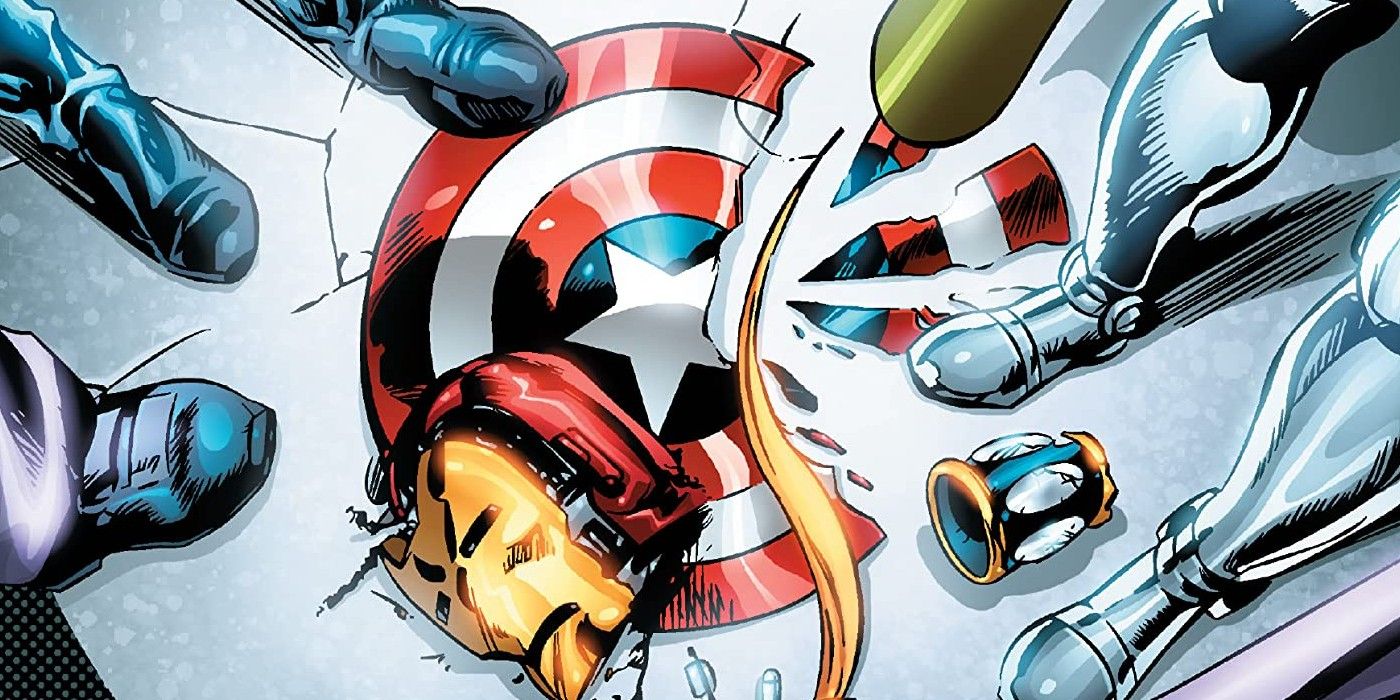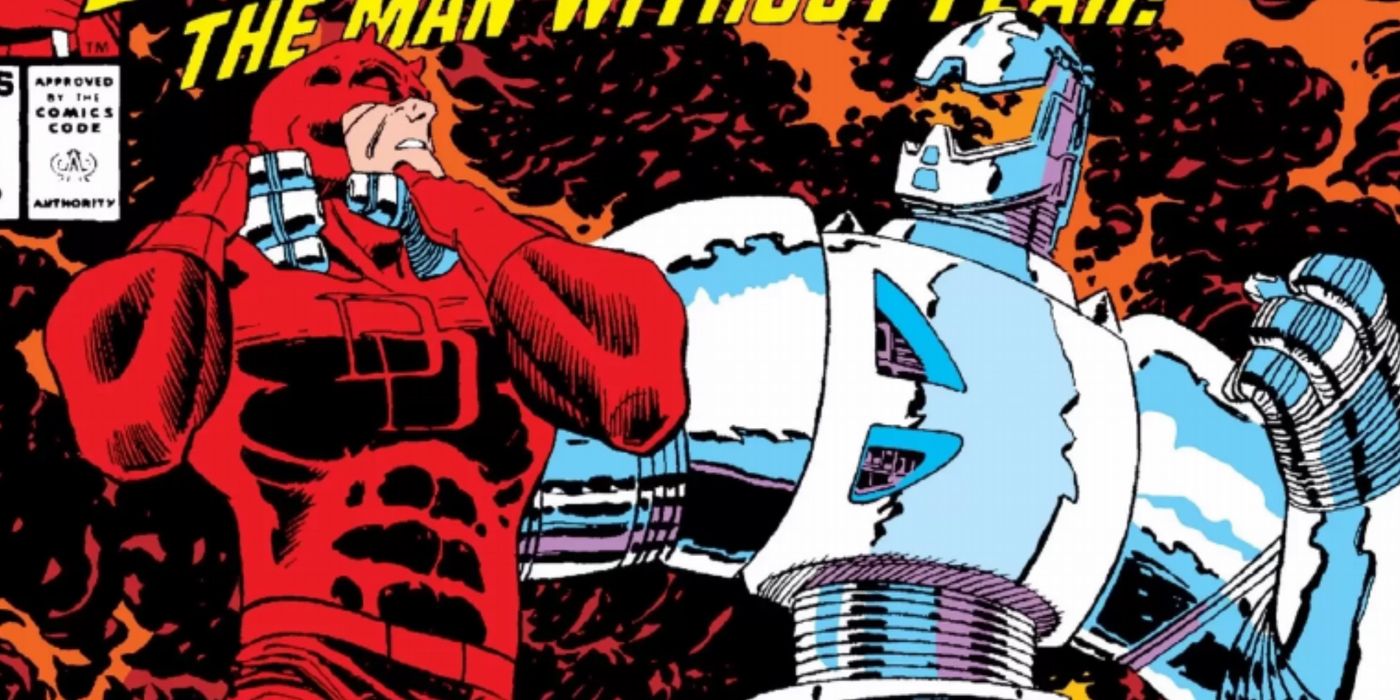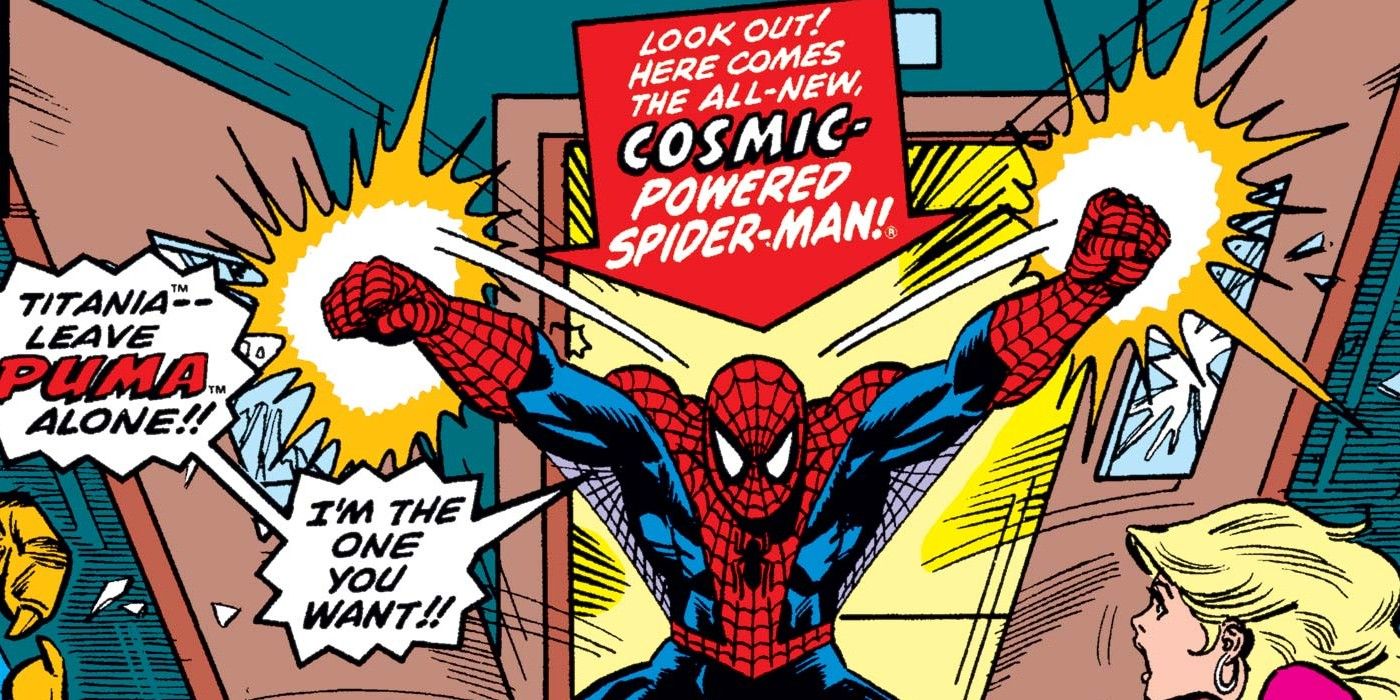
Marvel major crossovers generally unite many of the company's superheroes against one overarching foe. In smaller crossovers, particular corners of the Marvel Universe are given focus, with certain heroes facing threats specific to themselves.
"Acts of Vengeance," however, turned the tables by forcing Marvel's heroes to swap villains. This seminal event from the early '90s began in Avengers Spotlight #26, by Dwayne McDuffie and Dwayne Turner. In the prologue to "Acts of Vengeance," a great number of supervillains were broken out of the Vault, Marvel's maximum-security prison.
This catastrophe was caused by Loki, disguised as an ordinary businessman. As this well-dressed mystery-man, Loki approached his "Prime-Movers," Doctor Doom, Magneto, Kingpin, the Wizard, the Mandarin and Red Skull, with an idea in mind. Each of these major villains desired vengeance on their foes, yet they were always frustrated that they could never triumph over Marvel's heroes. Loki proposed that each villain swap heroes, pitting teams like the Avengers against villains that they wouldn't usually face. This way, the villains would take their enemies by surprise and defeat the heroes once and for all. The core storyline for this event took place in Avengers and Avengers West Coast, but "Acts of Vengeance" was spread out across many different Marvel titles.

Throughout "Acts of Vengeance," some of the hero-villain pairings produced interesting new dynamics. For example, Daredevil #275-276, by Ann Nocenti and John Romita Jr., pitted The Man Without Fear against the Avengers' longtime foe, Ultron. Daredevil was sorely tested in this battle, working with Karnak and Gorgon of the Inhumans to defeat his robotic foe. Another exciting brawl took place in Thor #411-412, by Tom DeFalco and Ron Frenz, when the God of Thunder faced off against the Juggernaut. Both combatants were fairly evenly matched, producing a thrilling, original battle that also introduced the New Warriors. This teenage superhero team would become one of Marvel's biggest titles in the '90s.
Still, not all of the fights in "Acts of Vengeance" proved to be a great challenge for Marvel's heroes. In Fantastic Four #334-336, by Walter Simonson and Rich Buckler, an assortment of small-time villains were sent after Marvel's First Family. These villains, including the Beetle, the Eel, Stilt-Man and many others were easily dispatched by the FF, to a humorous degree. Additionally, in The Incredible Hulk #363, by Peter David and Jeff Purves, The Grey Gargoyle was sent after Bruce Banner's alter ego. The Hulk, in his grey form, humiliated the villain by twisting his arm around backwards and breaking his fingers. Clearly, some pairings did not work out in the villains' favor.
If anything, some heroes benefitted from "Acts of Vengeance." Spider-Man, for instance, was chosen to become the next Captain Universe in Spectacular Spider-Man #158, by Gerry Conway and Sal Buscema. With his newfound cosmic powers, the web-slinger easily bested foes such as the Trapster and the Brothers Grimm, while in Web of Spider-Man #59-61, by Conway and Alex Saviuk, Spider-Man defeated Titania, Goliath and Dragon Man. In the pages of Amazing Spider-Man #327-329, by David Micheline, Erik Larsen and Todd McFarlane, the Cosmic Spider-Man fought off Magneto, the Hulk and the Tri-Sentinel before losing his powers as Captain Universe. Although this was a short stint as of cosmic power, Spider-Man certainly gained a lot during "Acts of Vengeance," since his powers usually make him more of an underdog. If the regular Spider-Man faced off against most of these villains, he'd be physically challenged at the very least.

Another significant effect of "Acts of Vengeance" took place in Uncanny X-Men #256-258, by Chris Claremont and Jim Lee. These particular issues weren't directly part of the Prime-Movers' plot, but they did involve The Mandarin. The criminal mastermind worked with the Hand to transform Psylocke into his own personal assassin. Fighting her teammate, Wolverine, Psylocke recovered her senses and the X-Men defeated The Mandarin. At the time, it was believed that Betsy Braddock was physically altered by the Hand, as well as brainwashed. In X-Men #20, by Fabian Nicieza and Andy Kubert, it was revealed that Psylocke had her body swapped with the assassin known as Kwannon. The consequences of Psylocke's ordeal would reverberate for years to come.
Finally, the main "Acts of Vengeance" storyline came to a close in the pages of Avengers #313, by John Byrne, Paul Ryan and Tom Palmer. The Mandarin and The Wizard grew impatient, attacking the Avengers personally. After this attempt failed, the Prime-Movers' alliance dissolved. The Wizard, Red Skull and Mandarin were captured by Loki and Doom was revealed to be using a Doombot the entire time. Avengers West Coast #55, by Byrne, saw both Avengers teams confront and defeat Loki and his cohorts, putting an end to "Acts of Vengeance."
Of course, "Acts of Vengeance" wasn't quite finished yet. In Captain America #367, by Mark Gruenwald and Kieron Dwyer, Magneto revealed that he was only part of this scheme so he could get revenge on the Red Skull, as a victim of the Holocaust. The Master of Magnetism buried the Red Skull alive in an underground bunker, a true act of vengeance. Overall, "Acts of Vengeance" made some lasting changes to the Marvel Universe by simply changing the formula of its usual crossover events.
0 Comments